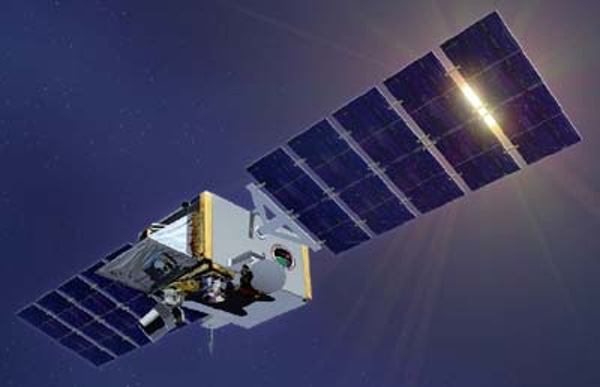The need for new space-based missile defense systemsby Taylor Dinerman
|
| If Congress can pass a budget that includes funding for space-based sensors that can better track and target incoming enemy missiles, it will be yet another step towards a secure America. |
One can only hope that the effort to increase the overall number of American missile defense weapons, including the homeland defense Ground Based Interceptors (GBI), the Navy’s SM-3, and the Terminal High Altitude Area Defense (THAAD), will succeed. No enemy should be confident that it can easily exhaust America’s supply of operational defensive missiles.
There is an equally urgent need to diversify and improve the sensors available to our global missile defense system. Lead by the House Armed Services Committee, Congress is leaning towards funding a new effort to build a set of space-based sensors.
If this program gets established, it will have two basic objectives. One is to build and deploy a set of small satellites in low Earth orbit carrying very sensitive infrared heat-detecting sensors that will not only be able to detect the launch on any ballistic or boost glide missiles anywhere in the world, but will also be able to track the warheads and decoys carried by such missiles.
The second, and even more difficult, goal will be to build a set of radar satellites that will likewise detect and track any weapons fired at us or at our allies. These radar satellites will need to generate a great deal of power, so much so that normal solar arrays may not be enough. If Congress is serious about this program, it will have to fund the development of a new generation of compact nuclear power generators, as well as alternatives such as beamed power.
Better sensors and more missile defense weapons are urgently needed. Congressman Franks explained that he “deeply believes that we have ignored the threat that North Korea and Iran represent to the whole human family.” He has been pushing for a space-based missile defense system for many years. If Congress can pass a budget that includes funding for space-based sensors that can better track and target incoming enemy missiles, it will be yet another step towards a secure America. In time, we may yet see the day that Ronald Reagan dreamed of when nuclear weapons will be “impotent and obsolete.”
